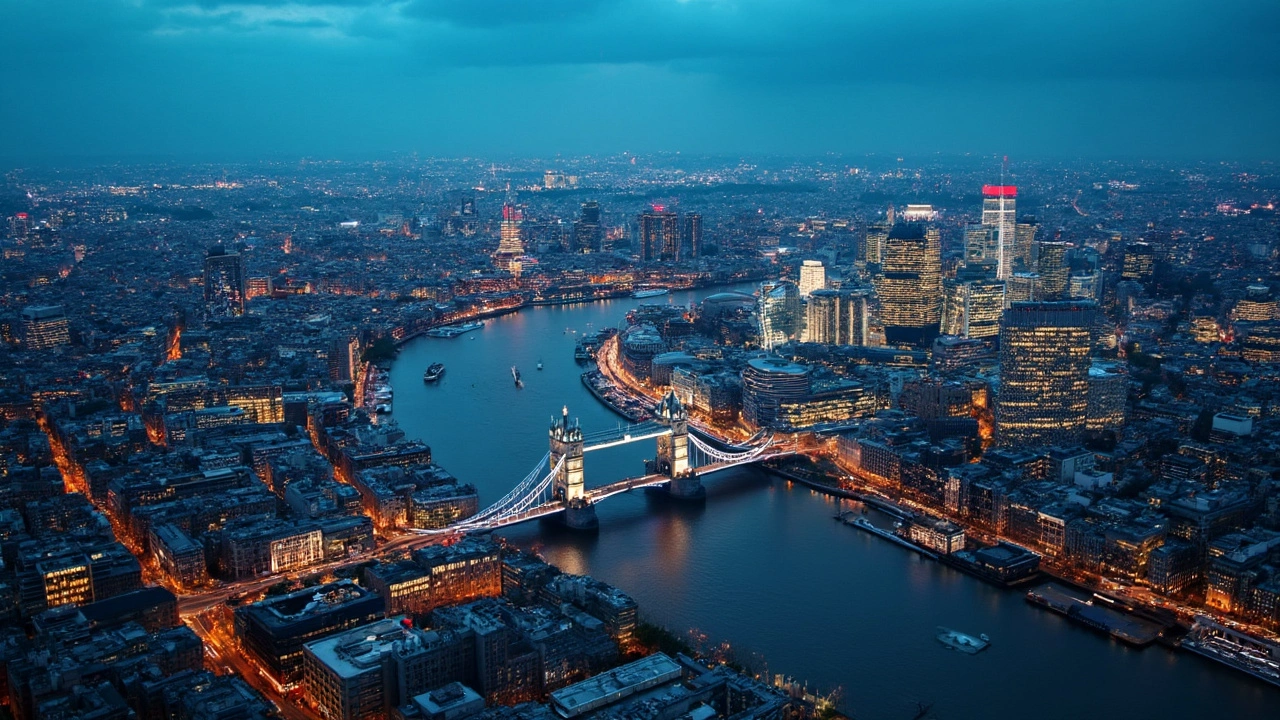City Population Insights: How London’s Numbers Shape Everyday Life
Ever wonder why the number of people living in a city feels like a secret sauce for everything else? From the cost of a flat to how long your commute takes, city population is the hidden driver. In this guide we’ll break down the basics, show what’s happening in London right now, and give you practical takeaways you can use today.
Why City Population Matters
First off, population size tells you how much demand there is for services. More residents mean bigger crowds on the Tube, tighter rental markets, and louder voices in local council meetings. It also signals economic health – a growing population usually means more jobs, more shoppers, and more tax revenue for schools and hospitals.
But it’s not just about numbers. The makeup of those numbers matters too. Age groups, cultural backgrounds, and household types shape what kinds of shops open, what schools need, and where new parks get built. Understanding the demographic mix helps businesses target the right customers and helps planners allocate resources wisely.
Key Factors Driving London’s Growth
London’s population has kept climbing for several reasons. International migration tops the list – people from around the world come for jobs, education, and the city’s vibe. The student population adds a steady stream of fresh faces every year, and many of them stay after graduation, adding to the permanent headcount.
Birth rates also play a part, though they’re lower than in many other UK cities. What really pushes the numbers up is internal migration. Young professionals from other UK regions move in for higher salaries and the cultural buzz, even if rent costs are steep.
Housing supply is the elephant in the room. When new apartments and homes are built, they create space for more residents, which in turn fuels further growth. Conversely, shortages push prices up and can slow down the influx. That’s why city planners keep a close eye on construction permits and zoning changes.
Transport improvements can also tip the scales. New Tube extensions or faster bus routes make out‑of‑town neighborhoods feel more like inner‑city living, drawing people who want a cheaper rent but still need easy access to work.
Finally, economic opportunities are the magnet. London’s finance, tech, and creative sectors continue to expand, pulling talent from across the country and overseas. When companies announce new offices, you’ll often see a spike in nearby population as workers relocate.
So, what does this mean for you? If you’re looking for a place to live, keep an eye on boroughs where new transport links are planned – they’re likely to become the next hot spots. If you run a business, consider the age and cultural profile of your target area; a neighbourhood with many students might need different products than a family‑heavy suburb.
City population isn’t a static figure – it’s a pulse you can feel in daily life. By watching the trends, you can make smarter housing choices, plan better business moves, and understand why the city feels the way it does. Stay curious, keep an eye on the stats, and you’ll always be a step ahead of the crowd.

Is London the Biggest City in the World? Real Facts Revealed
People often wonder if London deserves the title of the world's biggest city. This article dives into the facts behind the numbers, busts common myths, and explains what makes a city truly 'big.' Get direct answers, useful comparisons, and tips for curious travelers and London locals alike.
READ MORE